10 Fruits You Should Try in China
China is known around the world for its excellent and varied cuisine, and many tourists come to the country to enjoy Peking duck, dim sum, and Lanzhou beef noodles, to name just a few famous dishes. However, even when you are not at the dinner table and are looking for a tasty and delicious snack, there are countless varieties of fruits you can buy and try in China. Many of these fruits mentioned below are difficult or impossible to acquire outside of China. Some do not even have names in English.
These ten fruits discussed come in numerous shapes and sizes. They vary wildly in taste, nutrition, and growing conditions. Some are challenging to acquire even in China, and are only available in certain regions and during certain seasons. They are all worth checking out, as they demonstrate how diverse China and its cuisine and agriculture are.
1. Mangosteen (山竹)
Every time I visit China, I seek out this amazing fruit. Known as Shan Zhu in Mandarin, its name translates as “mountain bamboo”. With some effort, it can be found in supermarkets and street vendors throughout China. The mangosteen is a dark purple fruit with stubby green leaves and a stem, and one opens it by tearing apart the soft bottom to reveal silky white flesh inside. Arranged in tiny sections around a large pit, the fruit is easily chewable, unbelievably juicy, and delightfully sweet. The taste is unique and difficult to compare to most other fruits; it is very soft, sugary, and addictive. The United States bans the importation of mangosteens, and only very rarely can they be found.
I’ve only ever seen mangosteens on very rare occasions when shopping in Asian supermarkets in the United States, and a small bundle is prohibitively expensive. Mangosteens grow only in tropical climates such as those of India and Thailand, although a few farmers have attempted to grow them in South Florida. American journalist R.W. Apple wrote that “no other fruit, for me, is so thrillingly, intoxicatingly luscious…I’d rather eat one than a hot fudge sundae, which for a big Ohio boy is saying a lot”.
2. Yumberry (杨梅)
Also known by its scientific name Myrica Rubra, the yumberry grows in southern China and can be difficult to find. It is a small red fruit with a large pit, and is very sweet and juicy. This is a great fruit to eat on summers, and is similar to a blend between a strawberry and a plum. This fruit is quite popular and easy to encounter in Yunnan province in southwestern China.
3. Mulberry (桑葚)
The mulberry is famous for its leaves, which are the only food source that feeds the silkworm and helps produce silk. However, the fruit is very delicious. It comes in black, red, and white colors and is soft and gently sweet, like blackberries and raspberries. Many street vendors sell mulberries, and they are readily edible. White mulberries tend to be less sweet than other varieties, but are still delicious. The fruit looks like a blackberry, but is longer and skinnier.
4. Starfruit (杨桃)
Starfruit is a rather sour and hard fruit, but it quite healthy and tasty. It is a generally yellowish green fruit that is shaped like a five-pointed star. Also called carambola, it is available in tropical parts of China. The entire fruit is edible, and is generally cut into thin slices. It can even be cooked with fish and other foods in Chinese cuisine. There is a joke that since the star represents Communism, the Nationalists of Taiwan would refuse to eat starfruit, since it seemed like they were supporting Communism.
5. Lychee (荔枝)
While it looks like a slightly larger version of the yumberry, lychees are quite different in their flavor. Popular with Chinese emperors and empresses, the lychee has a shell that ranges from brown to pink, with pink lychees being the ripest. The inner flesh is white, very juicy, and tastes wonderfully sweet and cool. Each lychee contains a dark brown inedible seed. Chinese have grown lychee trees since 2000 BCE, and lychees are very nutritious, providing a high amount of vitamin C and being low in saturated fat and sodium. The Tang dynasty consort Yang Guifei loved eating lychees, and Emperor Xuanzong ordered lychees to be delivered on horseback over hundreds of miles to satisfy her cravings.
6. Dragonfruit (火龙果)
Given its name, Dragonfruit definitely looks very different from most fruits, and appears weird to Westerners unfamiliar with such a fruit. It is a large egg-shaped fruit with magenta skin and small green flaps growing out, with white flesh and tiny black seeds scattered throughout it. Sometimes the flesh is dark red. It is also called pitaya, and generally has a bland taste, which may be unusual, since it looks so strange on the outside.
7. Longan (龙眼)
If the longan, or dragon eye, looks and tastes very similar to the lychee, then you are on to something. Both fruits belong to the soapberry family of plants. The longan has a thin round yellow shell, and contains white and juicy flesh, as well as an inedible brown seed. The fruit is slightly more sour than the lychee. This fruit is also frequently dried and eaten, and is then called Guiyuan. It is easy to find in southern China.
8. Tamarind (酸豆)
In contrast to most of the other fruits discussed here, the tamarind is very dry and has texture and taste similar to that of a raisin. It originated in Africa and is grown widely in India, China, and Southeast Asia. It can be eaten plain, made into candy, or used as medicine. The wood of the tamarind tree is good for making furniture. In Chinese, the name for tamarind means “sour bean”.
9. Luo Han Guo (罗汉果)
It is actually not common to eat this fruit like any other fruit. It is very obscure outside of Asia, and English names for it include arhat fruit, Buddha fruit, monk fruit, or longevity fruit. Growing in southern China, mainly Guangxi province, it is a round and hard dark fruit that looks a bit like a mangosteen and has extremely high sugar content, so it can be processed and used as a sweetener. The plant extract is 300 times sweeter than sugar. The rind can be used to make tea. This fruit is named after arhats, or Buddhist monks who attained enlightenment, because Guangxi contains many Buddhist temples.
10. Peruvian Groundcherry (灯笼果)
This berry fruit comes wrapped in thin leaves and looks like a tiny yellow tomato. It is quite sweet and juicy, while also being firm. Its Chinese name means “lantern fruit”. It is related to the tomatillo, tomato, and eggplant. Names for it include Cape gooseberry, Inca berry, Aztec berry, golden berry, giant ground cherry, African ground cherry, and Peruvian cherry.

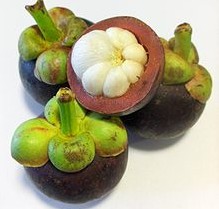
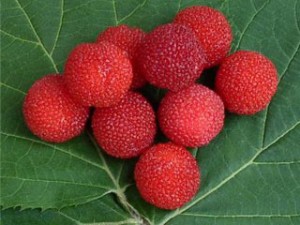
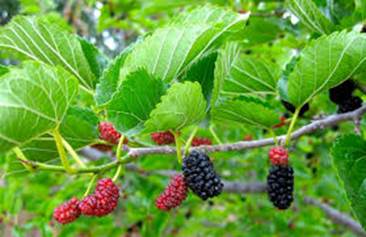
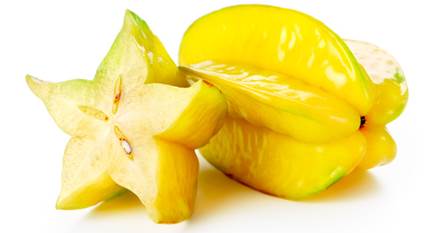
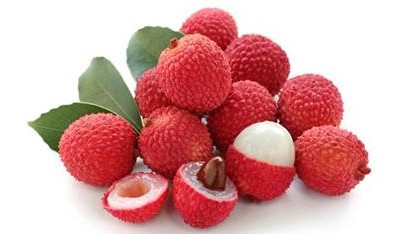
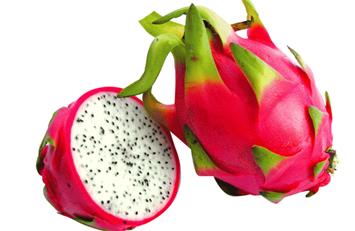
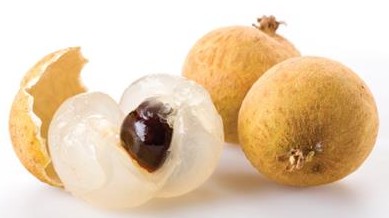

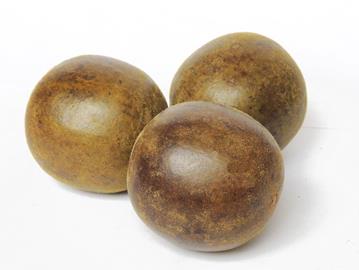
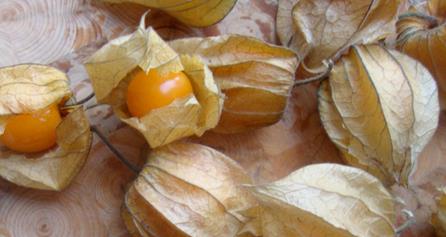

Is this the same as Rouge Fruit?
These Yum Berries are definitely classic. When I was a kid I remember my grandpa making yum berry wine out of them.